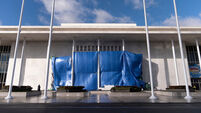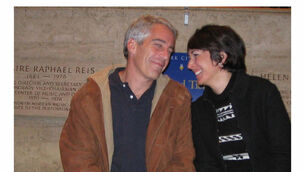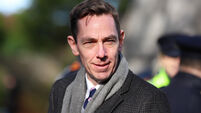Scientists warned of quake two years ago
Their sobering findings, presented during a geological conference in March 2008 and at meetings two months later, showed that the fault was capable of causing a 7.2-magnitude earthquake – slightly stronger than Tuesday’s 7.0 quake.
Though Haitian officials listened intently to the research, the nearly two years between the presentation and the devastating quake was not enough time for Haiti to have done much to have prevented the massive destruction.














